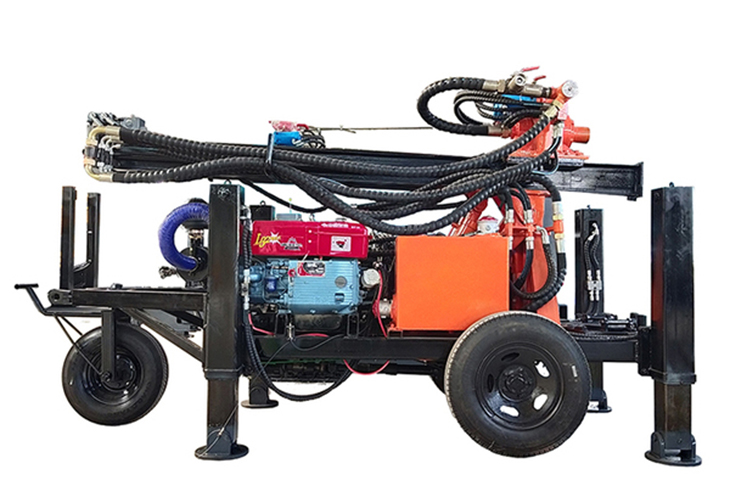ground water well drilling and installation
Delving Into Groundwater Through Well Drilling and Installation
To sustain everyday life, it is important to have accessible groundwater that is available for use. People who live in remote communities, particularly homeowners and businesses, must have wells installed to access groundwater. Well drilling and installation can be a tedious process, so being familiar with the fundamentals of this procedure is essential.
To begin the well drilling process, one must locate the aquifer which allows the access to groundwater. By conducting a test well or a geophysical survey, the aquifer can be located accurately. For the test well, they must be drilled for a depth of around ten feet. With the geophysical survey, its purpose is to construct an outline that reveals which area is best suited for drilling the well. After pinpointing the aquifer, it is then possible to start the drilling process and install the well.
To meet the water needs of a residential property, a well must be drilled. The drilling apparatus is made of a rig that slowly pierces the earth’s surface for a distance that can span from 40 to 500 feet, depending on what the house requires. Subsequently, the hole is surrounded with steel casing, ensuring that ground water stays entrapped and any outside pollutants are kept out. Further, a layer of cement grout is used to properly seal the borehole.
The drilling process having been completed, the task of installing the vital components necessary for the well comes next. Of utmost importance is establishing a pump and piping system that functions correctly so as to make it possible to draw in water from the depths and then store and transmit it to the appropriate spot on the property. The pump is what physically brings the water up, and piping will then serve as a conduit for delivery.
The installation concludes with an assessment of the well’s performance and safety. The hydrostatic test determines the water pressure while a water quality test confirms that it is fit for human consumption. Then, the well is officially prepared for function.
Knowing the fundamentals of well drilling and installation is essential for making sure that your property’s access to a secure and dependable source of water is preserved. Without this knowledge, the work may not be done correctly and thus, your well may not function efficiently. By familiarizing yourself with the basics of groundwater well creation, you can ensure that your house has access to sturdy, reliable hydration in the long-term.
Unlocking the Depths of Underground Water: Exploring Groundwater Well Drilling and Installation
Sourcing the clean, safe water we rely on can be a tricky endeavor. Yet, groundwater wells often serve as a dependable go-to, though they can require significant time and money investment. Therefore, prior to drilling and installation, it is necessary to understand the nuanced steps entailed in the process. This knowledge will help ensure a successful outcome for all your water needs—from supplying drinking water to providing the liquid your crops need to thrive.
A hydrogeologist is the best person to decide the perfect position for a groundwater well. They factor in the type of soil, geological characteristics, and water depth to detect where a well is ideal to be installed. After deciding on the best spot, one must acquire all necessary permits and permissions from local authorities.
After all the necessary permissions have been obtained, drillers will use a powerful rig to bore deep into the earth, allowing them to create the well. The depth of the hole may vary depending on where the water table is located and how much water is anticipated to be collected. While this process can be laborious and take considerable time, it is necessary to observe and adhere to all safety standards.
With the completion of the drilling of a well, the next phase is to put in place all the essential machines and pumps. Necessities such as a pump for drawing water from that depths, as well as a pressure tank to regulate the water pressure are brought in to ensure unhindered installation and maintenance. Paying close attention to detail is of utmost importance so that everything will function in its optimal capacity.
Once a groundwater well is drilled and installed, the last step is linking it with a water system. This may take the form of directly connecting it to an existing well or municipal water supply, but whatever route is chosen, it must be secure and comply with local laws.
Impeccable accuracy and meticulous compliance with all safety measures are essential components when it comes to drilling and installing a groundwater well. The necessary permits and authorizations must be procured to make sure that the entire process runs smoothly. Taking the time to comprehend the procedure can help to make well installation run as securely and efficiently as possible.
-
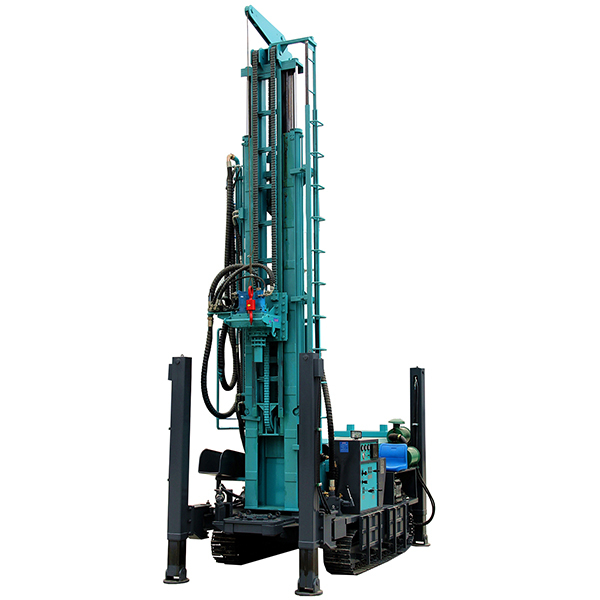 FY450 Water Well Drilling RigView More >
FY450 Water Well Drilling RigView More > -
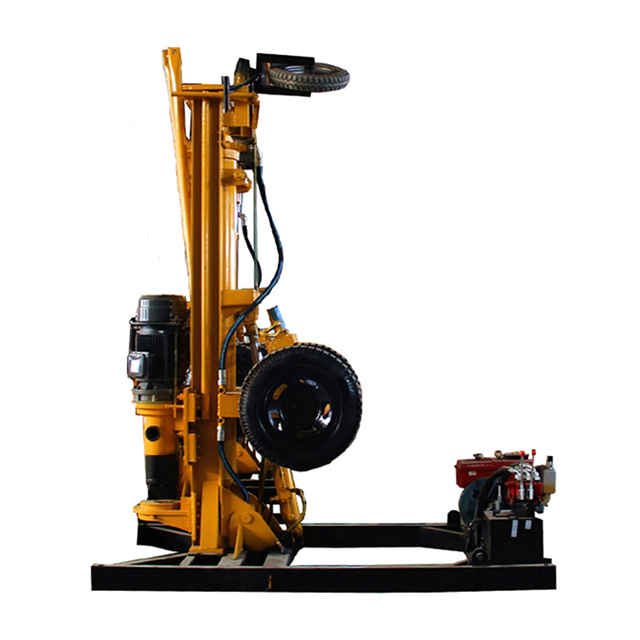 KQZ200D Shelf Drill Water Well Drilling RigView More >
KQZ200D Shelf Drill Water Well Drilling RigView More > -
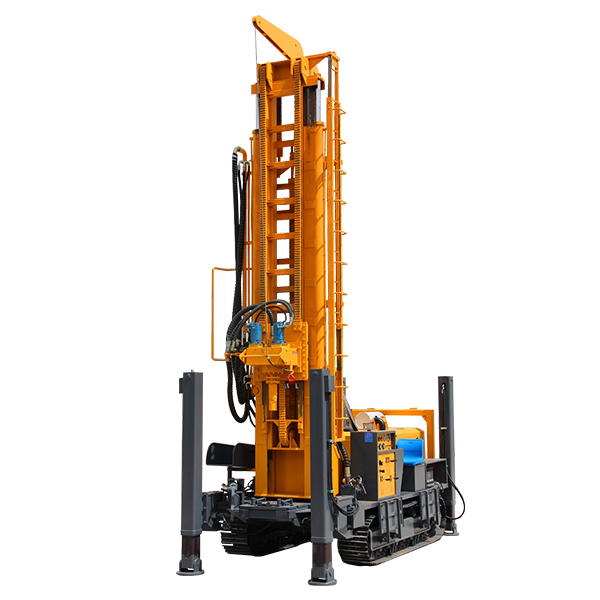 FY800 Water Well Drilling RigView More >
FY800 Water Well Drilling RigView More > -
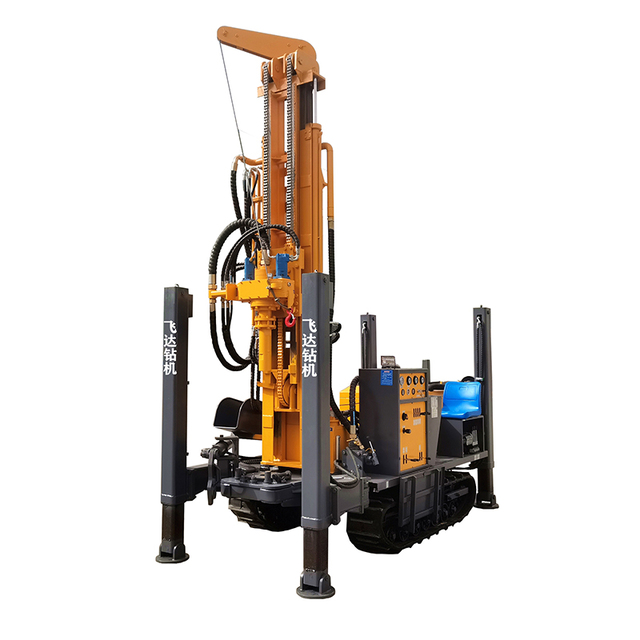 FYX200 Water Well Drilling RigView More >
FYX200 Water Well Drilling RigView More > -
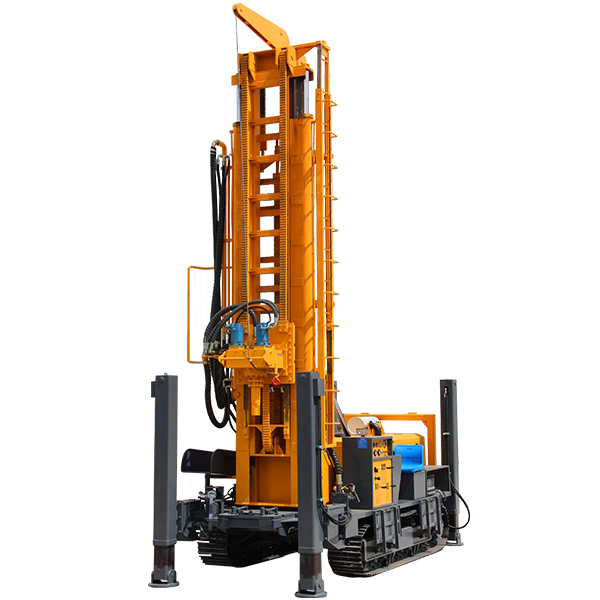 FY680 Water Well Drilling RigView More >
FY680 Water Well Drilling RigView More > -
 Electric 7000WView More >
Electric 7000WView More > -
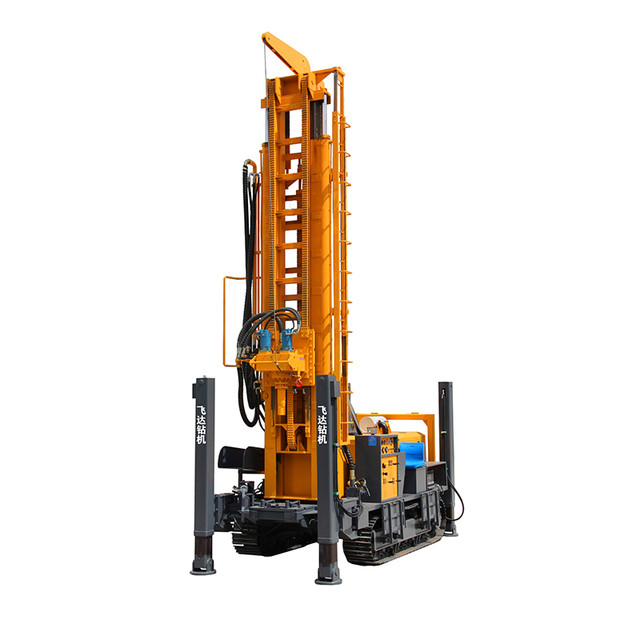 FY580 Water Well Drilling RigView More >
FY580 Water Well Drilling RigView More > -
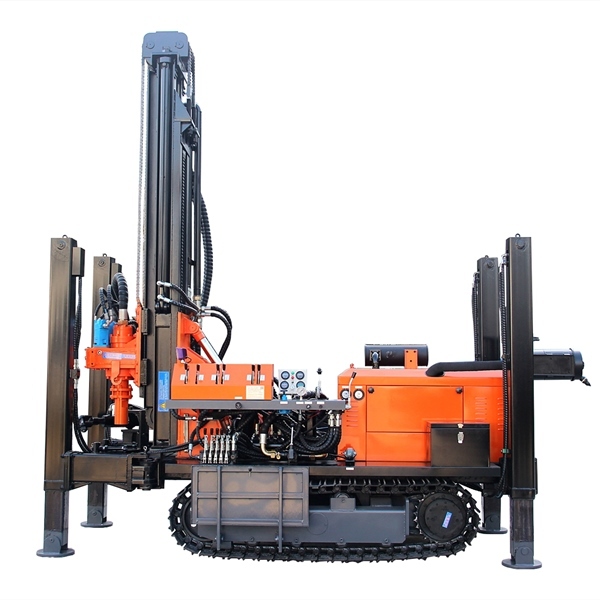 FY180 Water Well Drilling RigView More >
FY180 Water Well Drilling RigView More > -
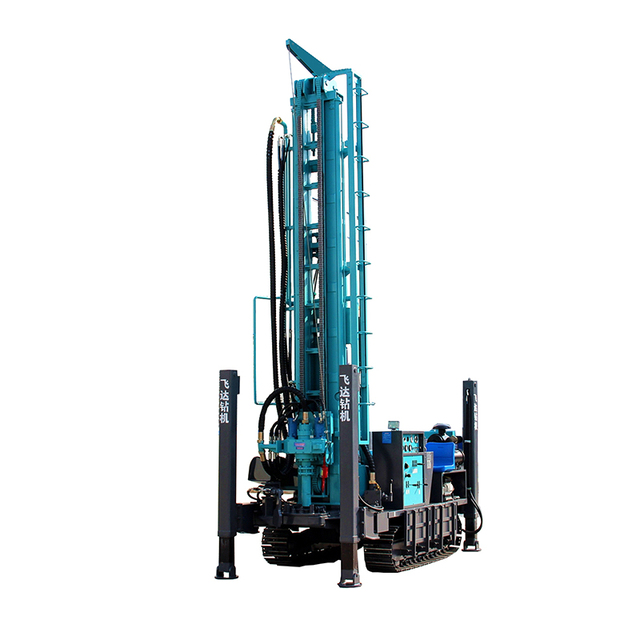 FY280 Water Well Drilling RigView More >
FY280 Water Well Drilling RigView More >
Warning: Use of undefined constant rand - assumed 'rand' (this will throw an Error in a future version of PHP) in /www/wwwroot/www.sunritawdr.com/wp-content/themes/msk5/single.php on line 65
-
louisiana water well drilling
-
aaron water well drilling
-
carl woods water well drilling conway ar
-
water well drilling companies in conroe
-
canam water well drilling colorado springs
-
water well drilling fort worth
-
what is the average cost of drilling a water well
-
water well drilling sw washington
Warning: Use of undefined constant rand - assumed 'rand' (this will throw an Error in a future version of PHP) in /www/wwwroot/www.sunritawdr.com/wp-content/themes/msk5/single.php on line 123


